Explore the connection between sports and longevity. Learn how physical activity improves health, extends lifespan, and enhances overall well-being.
The pursuit of a longer, healthier life has always been a central theme in human history. While advances in medicine and nutrition have played significant roles, one factor consistently proven to enhance both health and lifespan is regular physical activity. Sports, in particular, offer not only physical benefits but also social, emotional, and psychological advantages that contribute to overall longevity.
This article explores the relationship between sports and longevity, highlighting scientific findings, the mechanisms behind the benefits, and practical ways to incorporate sports into daily life.
How Sports Contribute to Longevity
1. Cardiovascular Health
Engaging in sports helps strengthen the heart, improve circulation, and reduce the risk of cardiovascular diseases. Activities like running, swimming, and cycling lower blood pressure, reduce cholesterol, and enhance heart efficiency — all of which are critical for long-term health.
2. Weight Management
Obesity is a major risk factor for chronic illnesses that reduce life expectancy, such as diabetes and hypertension. Sports provide an enjoyable way to burn calories, maintain a healthy weight, and regulate metabolism.
3. Stronger Muscles and Bones
Weight-bearing sports like tennis, basketball, or even brisk walking help maintain bone density and muscle mass, which naturally decline with age. This reduces the risk of osteoporosis, sarcopenia, and age-related frailty.
4. Improved Mental Health
Sports are closely tied to mental well-being. Physical activity releases endorphins, which reduce stress and combat depression. Team sports and group activities also enhance social interaction, lowering the risk of loneliness — a factor linked to shorter lifespans.
5. Better Immune Function
Regular moderate exercise boosts the immune system, making the body more resilient against infections and diseases. Studies suggest that athletes and active individuals generally recover faster and have a lower incidence of chronic illnesses.
Scientific Evidence Linking Sports and Longevity
- Harvard Alumni Study: Found that men who engaged in moderate sports activity lived several years longer than those who were sedentary.
- The Copenhagen City Heart Study: Revealed that participation in tennis and badminton was linked to the highest gains in life expectancy, adding up to 9–10 years.
- WHO Guidelines: Recommends at least 150 minutes of moderate-intensity physical activity per week, noting that those who meet these levels significantly reduce the risk of premature death.
The Role of Different Types of Sports
Endurance Sports
Running, cycling, and swimming improve cardiovascular and respiratory efficiency, directly supporting heart and lung health.
Strength Training
Sports that involve resistance training, such as rowing or weightlifting, maintain muscle and metabolic health into old age.
Mind-Body Sports
Yoga, tai chi, and martial arts promote balance, flexibility, and stress reduction, which play vital roles in preventing injuries and enhancing overall well-being.
Team Sports
Soccer, basketball, and volleyball combine physical activity with social bonding. This combination is especially powerful, as social engagement itself is linked to longevity.
Beyond Physical Benefits: Social and Psychological Longevity Factors
- Sense of Purpose: Regularly participating in sports gives structure and goals, which correlate with better quality of life.
- Community and Belonging: Playing sports fosters friendships and connections, which support emotional resilience and life satisfaction.
- Cognitive Health: Sports that require strategy and quick decision-making, like tennis or basketball, keep the brain sharp.
Practical Tips for Incorporating Sports into Daily Life
- Start Small: Choose sports you enjoy to build consistency, whether it’s jogging, swimming, or playing badminton.
- Consistency Over Intensity: Regular moderate activity is more beneficial than occasional high-intensity workouts.
- Mix It Up: Combine endurance, strength, and flexibility sports for balanced health benefits.
- Make It Social: Join a club or group to stay motivated while reaping the social benefits.
- Adapt with Age: Shift to lower-impact sports like walking, cycling, or tai chi as you get older to minimize injury risks.
Challenges and Considerations
- Overtraining Risks: Excessive high-intensity training can stress the body and increase injury risk.
- Accessibility: Not everyone has access to facilities or safe environments for certain sports.
- Individual Differences: Genetics, existing health conditions, and lifestyle also influence the impact of sports on longevity.
The key is balance — engaging in sports at sustainable levels to maximize benefits without overburdening the body.
Conclusion
The connection between sports and longevity is undeniable. From strengthening the heart and muscles to enhancing mental health and social bonds, sports play a holistic role in promoting longer, healthier lives.
While there is no guarantee of eternal youth, adopting sports as a lifestyle significantly improves the odds of living not only longer but also better. By finding the right balance and engaging in enjoyable physical activities, anyone can take active steps toward achieving a healthier and more fulfilling future.
Recommend :
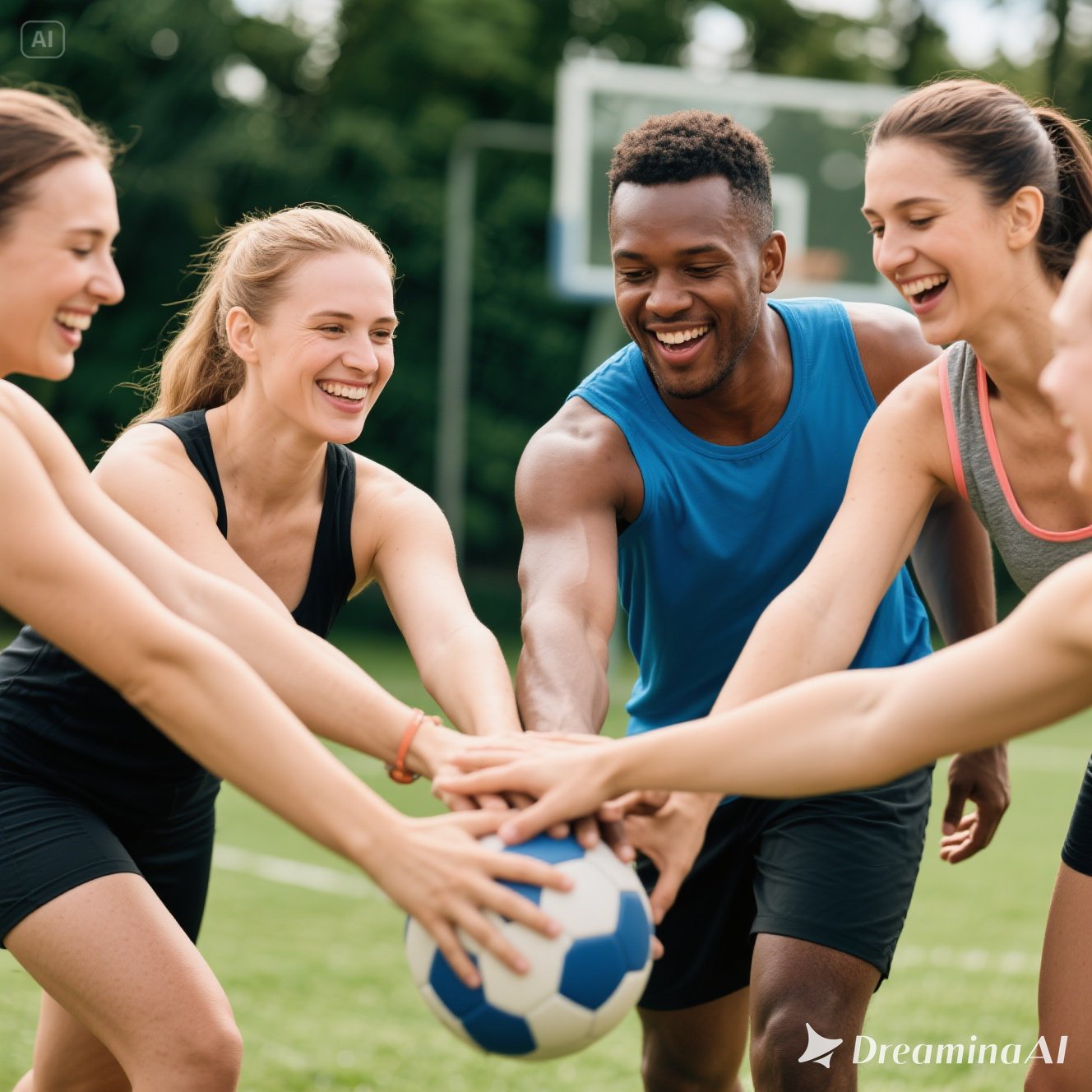





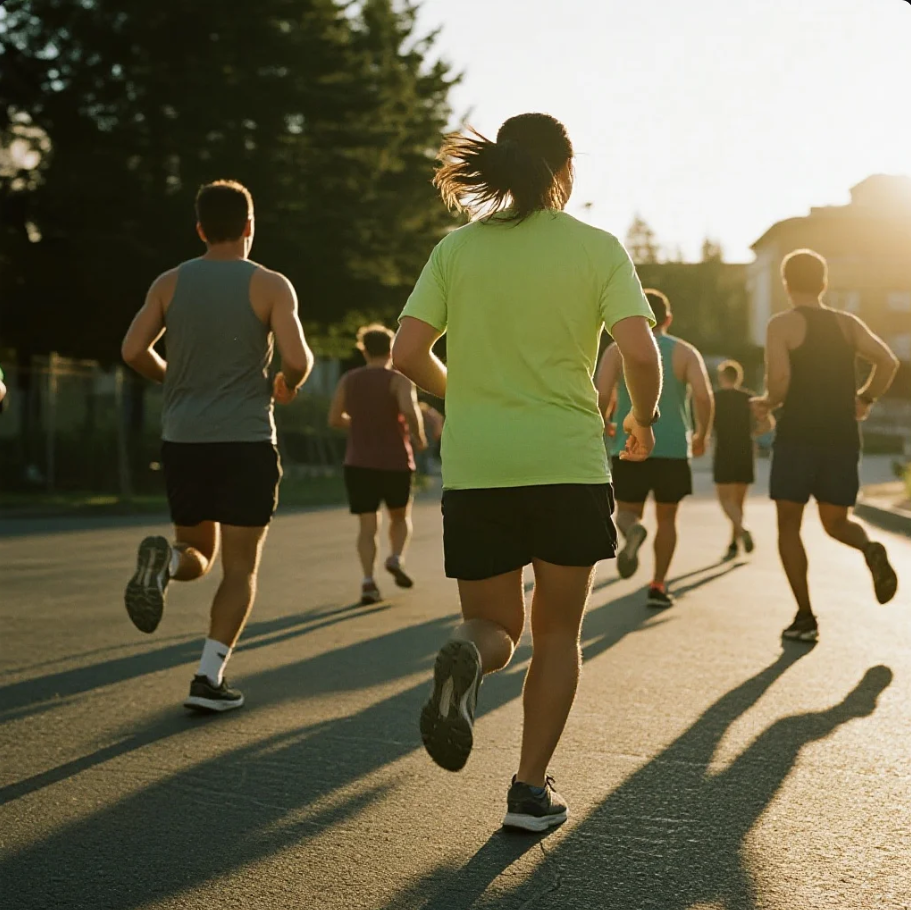

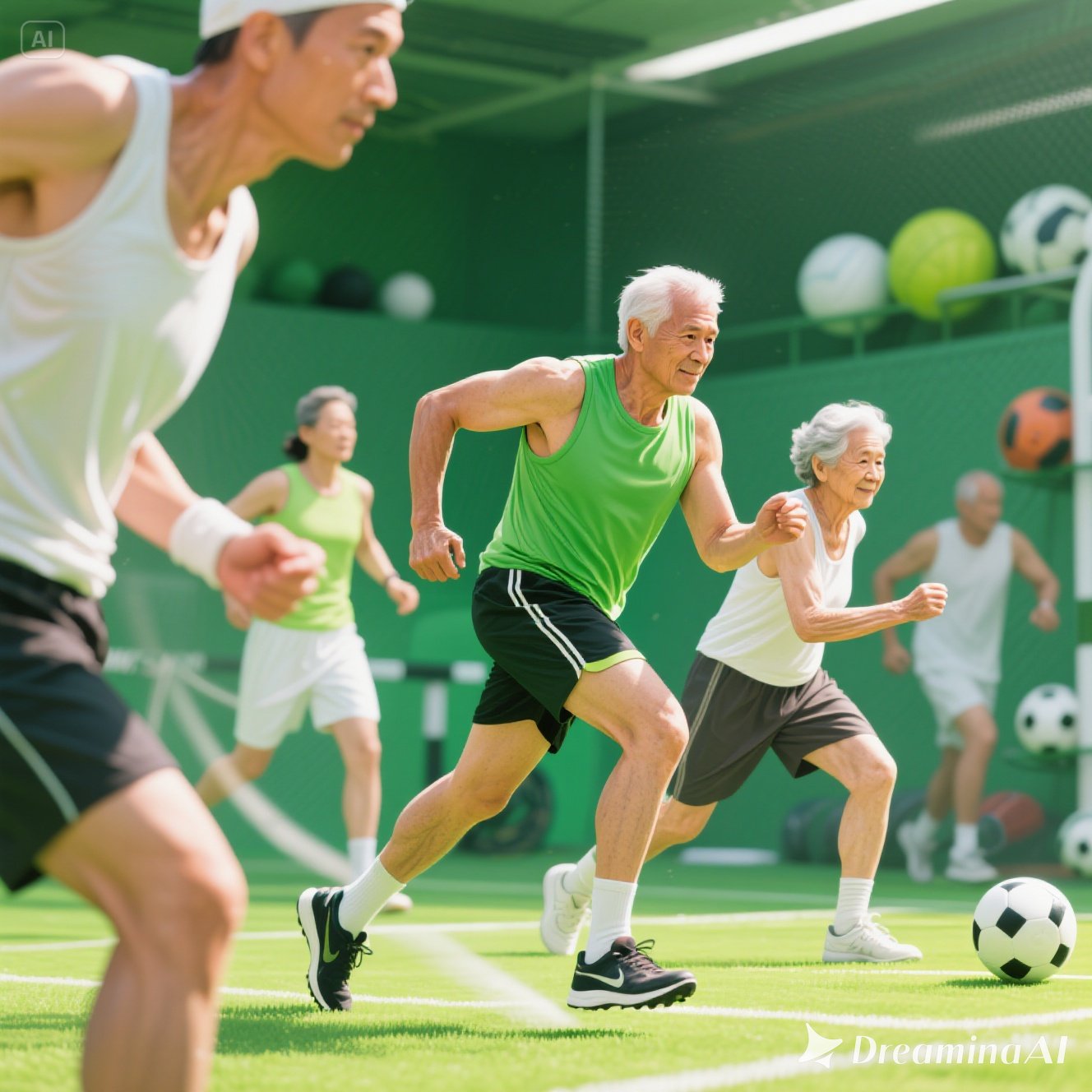


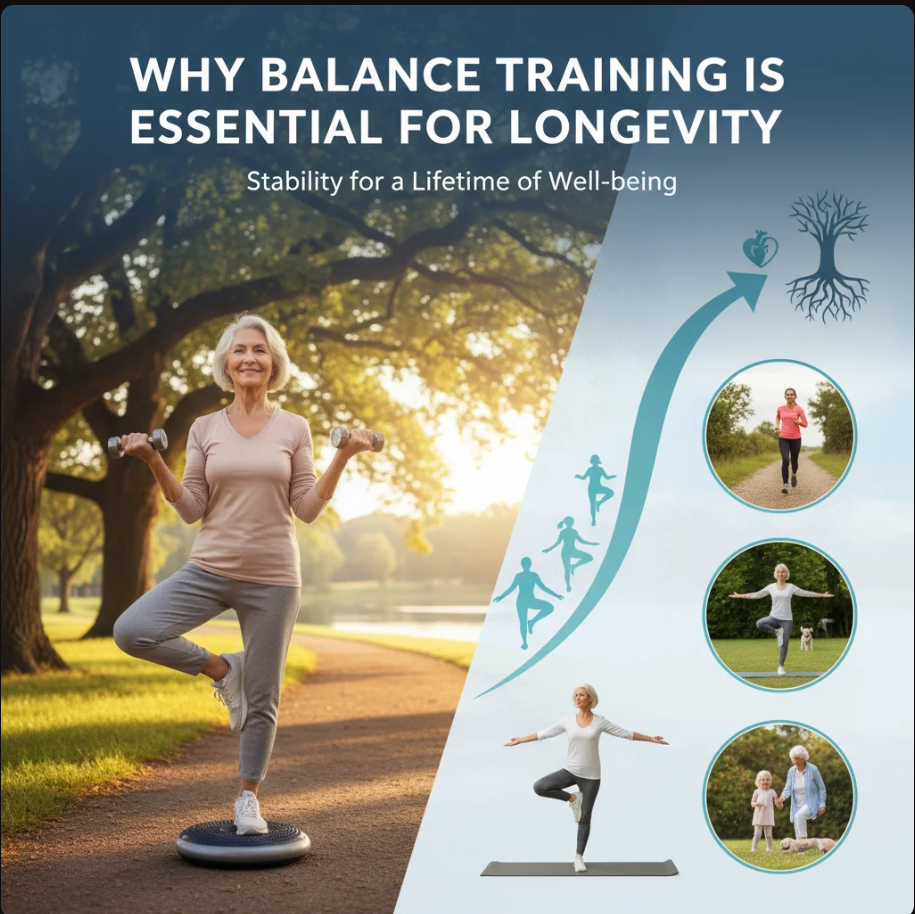

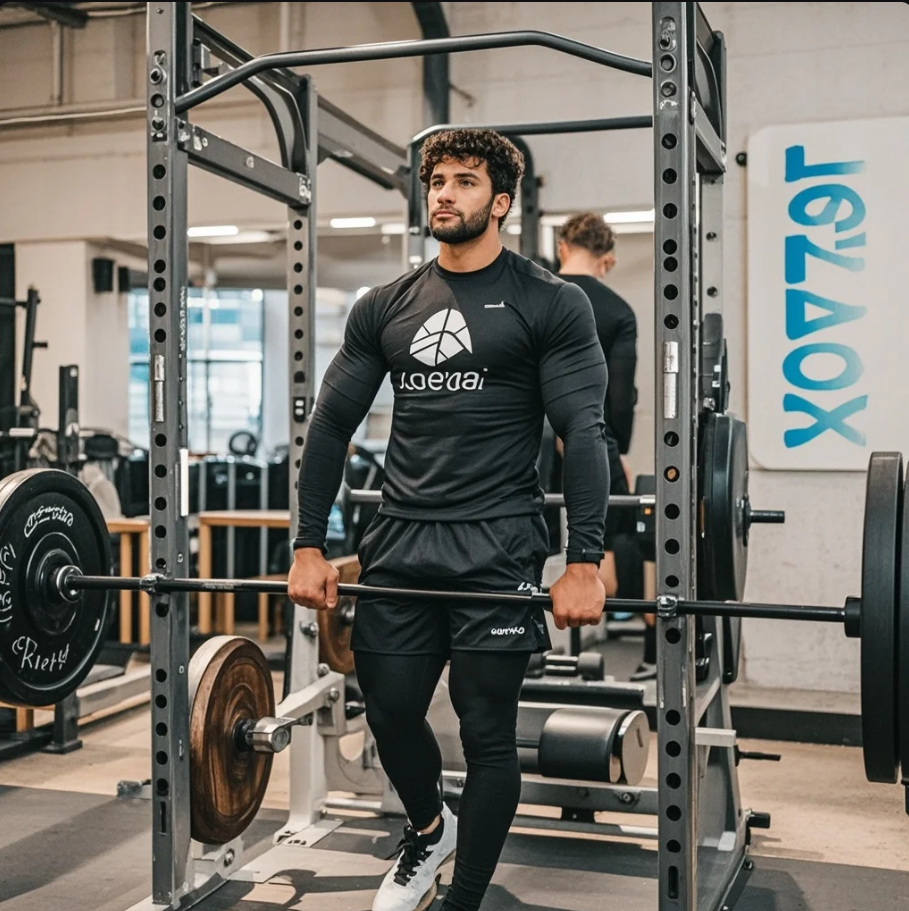
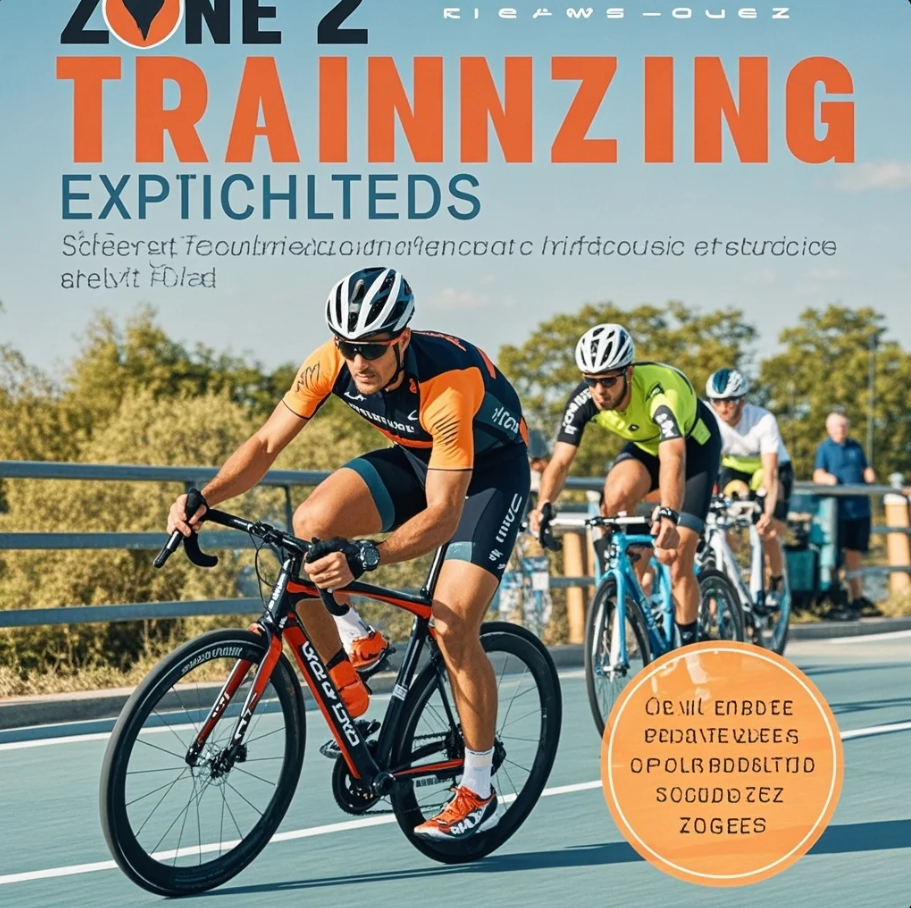
Thanks for this great article! I’ve been looking for content like this to better understand